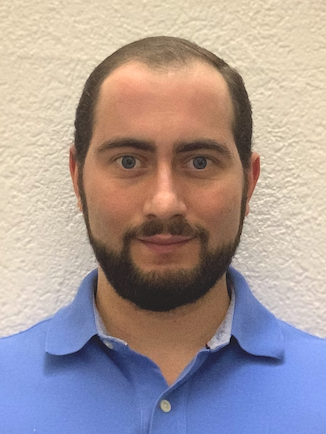Learning to Have an Ear for Face Super-Resolution
Published in IEEE Conference on Computer Vision and Pattern Recognition 2020 (Oral), 2020
Recommended citation: G.Meishvili, S. Jenni, and P. Favaro. "Learning to Have an Ear for Face Super-Resolution." In CVPR 2020.
Abstract
We propose a novel method to use both audio and a low-resolution image to perform extreme face super-resolution (a 16x increase of the input size). When the resolution of the input image is very low (e.g., 8x8 pixels), the loss of information is so dire that important details of the original identity have been lost and audio can aid the recovery of a plausible high-resolution image. In fact, audio carries information about facial attributes, such as gender and age. To combine the aural and visual modalities, we propose a method to first build the latent representations of a face from the lone audio track and then from the lone low-resolution image. We then train a network to fuse these two representations. We show experimentally that audio can assist in recovering attributes such as the gender, the age and the identity, and thus improve the correctness of the high-resolution image reconstruction process. Our procedure does not make use of human annotation and thus can be easily trained with existing video datasets. Moreover, we show that our model builds a factorized representation of images and audio as it allows one to mix low-resolution images and audio from different videos and to generate realistic faces with semantically meaningful combinations.
